Introduction
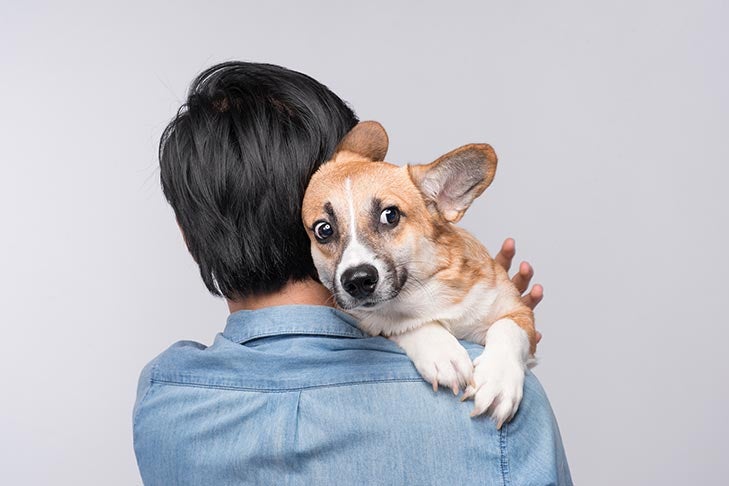
Introduction:
Understanding fear triggers in dogs is essential for ensuring their overall well-being and behavior. Dogs, like humans, can experience various phobias that can greatly impact their quality of life. It is crucial for dog owners to recognize and address these phobias in order to provide the necessary support and management.
Phobias such as noise phobias, separation anxiety, fear of strangers, fear of other dogs, fear of veterinary visits, fear of car rides, and fear of thunderstorms are common among dogs. Each of these phobias can have different triggers and manifestations, leading to behavioral changes and distress in dogs.
By identifying these fear triggers, dog owners can take proactive steps to help their furry companions overcome their phobias. This article will explore common phobias in dogs and offer techniques to manage and address them effectively.
Understanding fear triggers in dogs
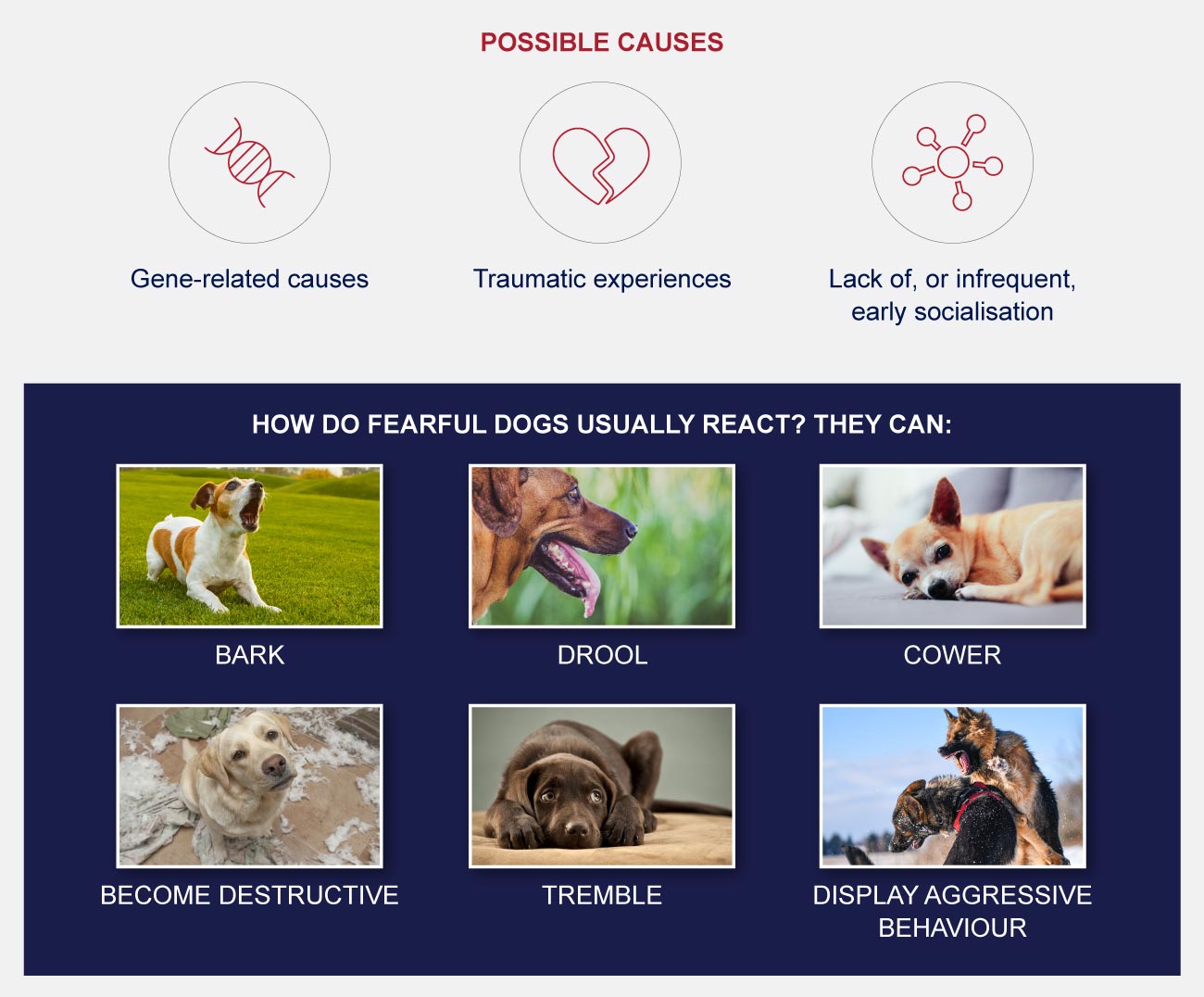
Understanding fear triggers in dogs is crucial for pet owners in order to provide the necessary support and help their furry friends overcome their phobias. Dogs can experience fear triggered by various factors, such as loud noises, separation from their owners, strangers, other dogs, veterinary visits, car rides, and thunderstorms.
Identifying these fear triggers is essential in order to address them effectively. By understanding what causes fear in dogs, pet owners can take proactive steps to minimize or eliminate these triggers. This may involve desensitization techniques, behavior modification, or providing a safe and secure environment for the dog.
It is important to note that each dog is unique, and their fear triggers can vary. Therefore, observing and paying attention to their behavior and reactions is key to identifying their specific fears. Seeking professional guidance from a trainer or behaviorist can also provide valuable insights and strategies to help dogs overcome their phobias. Ultimately, understanding fear triggers in dogs empowers pet owners to provide the support and care their furry companions need to live happier and anxiety-free lives.
The importance of addressing and managing phobias in dogs
Addressing and managing phobias in dogs is of utmost importance for their overall well-being. Phobias can significantly impact a dog's quality of life, causing distress and affecting their behavior. Ignoring or neglecting these fears can lead to heightened anxiety levels, decreased confidence, and potential aggression.
By addressing phobias, dog owners can provide a safe and secure environment for their furry companions. It allows them to understand the triggers that cause fear and take proactive measures to help their dogs overcome these challenges. Seeking professional help from a trainer or behaviorist specialized in fear-related issues can be beneficial in developing effective strategies and techniques to manage phobias.
Addressing and managing phobias not only improves the dog's emotional well-being but also enhances their overall behavior and socialization skills. It empowers dogs to face their fears and build resilience, enabling them to lead happier, more fulfilling lives. Therefore, it is crucial for dog owners to take the necessary steps to address and manage their pet's phobias, creating a positive and supportive environment for their furry friends.
Noise Phobias

Common noise phobias in dogs can greatly impact their behavior and overall well-being. Dogs may develop phobias towards loud noises such as fireworks, thunderstorms, or even household appliances like vacuum cleaners. These phobias can cause dogs to display anxious behaviors such as trembling, pacing, or seeking hiding places.
The effects of noise phobias on dogs can be distressing. They may become excessively vocal, destructive, or attempt to escape from the source of the noise. Some dogs may even injure themselves in their attempts to find safety.
To address noise phobias, it is important for dog owners to provide a safe and secure environment during times of loud noises. This may include creating a designated "safe space" where dogs can retreat to, using noise-canceling devices or soothing music, and desensitization techniques through gradual exposure to the triggering sounds. Seeking guidance from a professional trainer or behaviorist can also be beneficial in managing noise phobias in dogs.
Common noise phobias in dogs

Dogs can develop various noise phobias that can cause them significant distress. Some common noise phobias in dogs include fear of thunderstorms, fireworks, loud construction noises, sirens, and even household appliances such as vacuum cleaners or blenders. These loud and sudden noises can trigger a fear response in dogs, leading to symptoms such as trembling, pacing, panting, and attempts to escape or hide. It's important for dog owners to recognize these phobias and take steps to help their dogs feel more secure. This may involve creating a safe and comfortable space for them during noisy events, providing distractions or calming techniques, and gradually desensitizing them to the sounds that trigger their fears. Seeking guidance from a professional trainer or behaviorist can also be beneficial in addressing and managing noise phobias in dogs.
Effects of noise phobias on dogs' behavior

Noise phobias can have a significant impact on a dog's behavior. When exposed to their fear triggers, dogs with noise phobias may exhibit a range of behavioral responses. Some dogs may become restless and exhibit signs of anxiety, such as panting, pacing, or whining. Others may try to escape or hide in an attempt to avoid the source of the noise. In more severe cases, dogs may display destructive behavior, such as chewing or scratching furniture or doors. These behaviors are often a result of the dog's attempt to cope with the overwhelming fear they experience during noise events. Additionally, noise phobias can lead to long-term behavioral issues, including increased reactivity and aggression towards other dogs or people. It is crucial to address and manage these phobias to prevent further negative impacts on a dog's behavior and overall well-being.
Separation Anxiety

Separation anxiety is a common phobia among dogs that occurs when they are left alone or separated from their owners. Dogs with separation anxiety often exhibit various signs of distress, such as excessive barking, destructive behavior, and house soiling. Understanding the triggers of separation anxiety is crucial in order to address this issue effectively.
Recognizing the triggers of separation anxiety is essential for dog owners. Some common triggers include changes in routine, moving to a new home, or being left alone for long periods of time. These triggers can cause immense stress and anxiety for dogs, leading to undesirable behaviors.
To help dogs overcome separation anxiety, it is important to gradually desensitize them to being alone. This can be done by starting with short periods of separation and gradually increasing the duration. Additionally, providing dogs with interactive toys or leaving calming music on can help alleviate their anxiety.
Addressing separation anxiety requires patience and consistency. Seeking guidance from a professional trainer or behaviorist can be beneficial in developing a personalized plan to help dogs overcome this phobia. With the right approach and support, dogs can learn to feel more comfortable and secure when left alone, leading to a happier and healthier life.
Understanding separation anxiety in dogs

Separation anxiety is a common phobia that many dogs experience when they are separated from their owners. It is important for dog owners to understand this condition in order to provide the necessary support and management. Separation anxiety in dogs is characterized by excessive distress and anxiety when left alone. Dogs may exhibit behaviors such as excessive barking, destructive chewing, and house soiling. The triggers for separation anxiety can vary, but they often include changes in routine, previous traumatic experiences, or a lack of proper socialization. Understanding separation anxiety in dogs allows owners to recognize the signs and provide appropriate interventions, such as desensitization training and providing mental stimulation in the form of toys or puzzles.
Recognizing separation anxiety triggers

Recognizing separation anxiety triggers in dogs is crucial for addressing and managing this common phobia. Dogs with separation anxiety experience intense distress when left alone, which can lead to destructive behavior and excessive vocalization. It is important for dog owners to be aware of the triggers that can exacerbate separation anxiety in their furry companions.
One common trigger is the departure cues. Dogs may become anxious when they observe their owners going through their pre-departure routine, such as grabbing keys or putting on shoes. Other triggers include changes in the environment, such as moving to a new home or the absence of a familiar person or pet.
Additionally, dogs with separation anxiety may exhibit signs of distress when they see their owners preparing to leave, such as pacing, panting, drooling, or attempting to prevent the owner from leaving. These behaviors can provide valuable clues to the presence of separation anxiety.
By recognizing these triggers, dog owners can take proactive steps to help their furry friends cope with their anxiety and provide them with the necessary support and reassurance.
Fear of Strangers

Signs and symptoms of fear of strangers in dogs can vary, but common indicators include cowering, trembling, barking or growling, attempting to hide, or even aggressive behavior. Dogs with this phobia may become overly protective of their owners and exhibit signs of anxiety when unfamiliar people approach.
To help dogs overcome their fear of strangers, it is important to gradually expose them to positive experiences with new people. This can be done through controlled introductions and rewarding calm behavior. It is crucial to avoid forcing interactions or overwhelming the dog, as this can worsen their fear and make it harder for them to trust strangers.
Professional trainers and behaviorists can provide guidance and create a customized training plan to address this phobia effectively. With patience, consistency, and positive reinforcement, dogs can learn to feel more comfortable and confident around strangers, leading to a happier and more relaxed life.
Signs and symptoms of fear of strangers in dogs
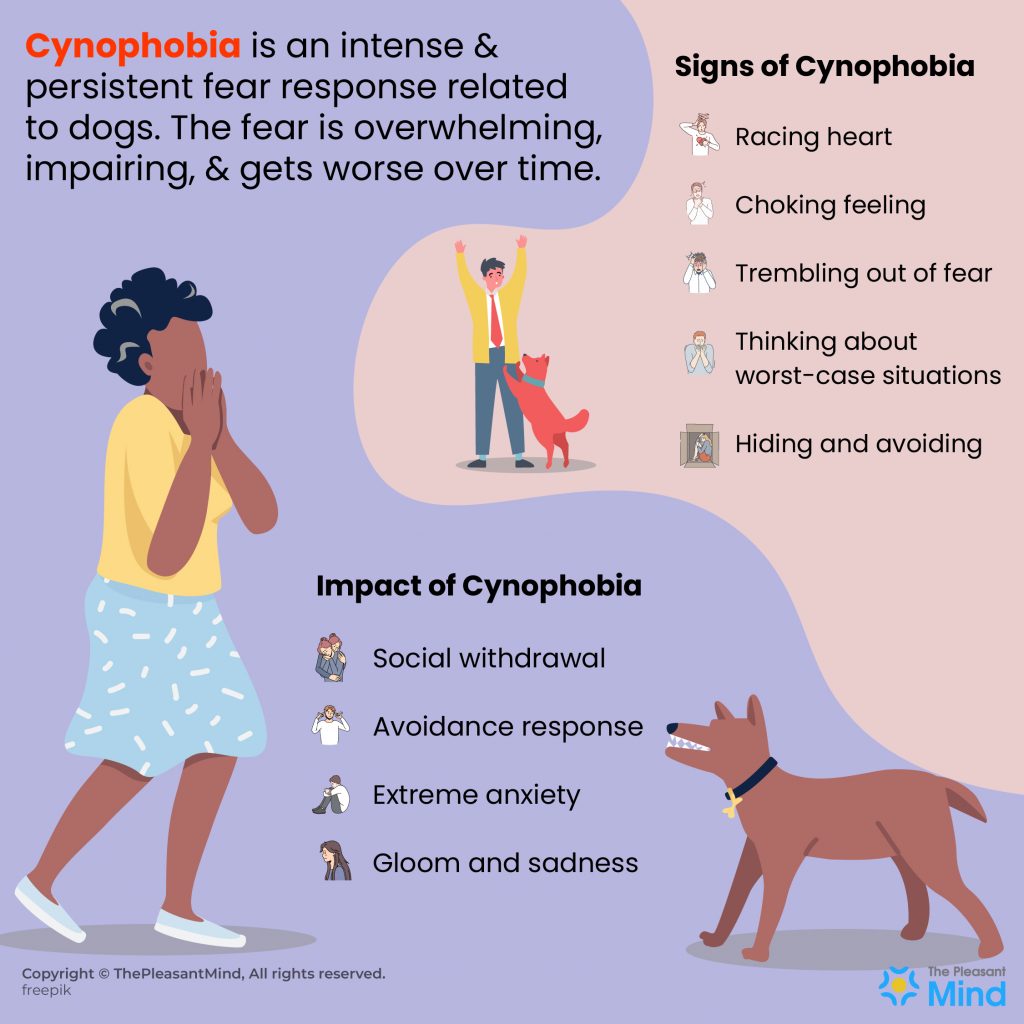
Signs and symptoms of fear of strangers in dogs can vary, but there are some common behaviors to look out for. When a dog is afraid of strangers, they may exhibit signs of anxiety such as trembling, panting, or drooling excessively. They may also try to hide or cower behind their owner, seeking protection from the perceived threat. Some dogs may become aggressive or growl and bark at strangers as a defensive response. In addition, a fearful dog may have a tense body posture, with their tail tucked between their legs and their ears pinned back. It's important to recognize these signs and address the fear of strangers in dogs to ensure their well-being and the safety of others.
Helping dogs overcome fear of strangers

To help dogs overcome their fear of strangers, it is essential to approach the situation with patience and understanding. One effective technique is desensitization and counterconditioning. This involves gradually exposing the dog to strangers in a controlled and positive manner. Start by introducing the dog to a calm and friendly stranger from a distance, rewarding the dog for calm behavior. Gradually decrease the distance and increase the duration of the interactions, always rewarding the dog for calm and relaxed behavior. It is important to never force the dog into uncomfortable situations and to always respect their boundaries. Additionally, providing a safe space for the dog to retreat to when feeling overwhelmed can help them feel more secure. Seeking guidance from a professional dog trainer or behaviorist can also be beneficial in developing a tailored plan to address the fear of strangers.
Fear of Other Dogs

Causes of fear of other dogs in dogs can vary from past negative experiences to lack of socialization. Some dogs may have been involved in aggressive encounters with other dogs, leading to a fear response when encountering unfamiliar canines. Additionally, dogs who have not been properly socialized during their critical developmental period may also develop a fear of other dogs. This fear can manifest as aggressive behavior or avoidance.
To address this fear, it is important to gradually expose the dog to other dogs in controlled environments. Positive reinforcement and reward-based training methods can help the dog associate positive experiences with other dogs. Working with a professional trainer or behaviorist can provide guidance and support in helping the dog overcome their fear and develop healthy interactions with other dogs.
Causes of fear of other dogs in dogs

The fear of other dogs in dogs can stem from a variety of causes. One common cause is a lack of socialization during the critical developmental period, which typically occurs between 3 and 14 weeks of age. Dogs that are not exposed to other dogs during this time may develop fear or anxiety when encountering unfamiliar canines later in life.
Negative experiences with other dogs, such as being attacked or bullied, can also contribute to a fear response. Traumatic incidents can leave a lasting impact on a dog's psyche, leading to a fear of similar situations in the future.
Additionally, genetic factors can play a role in a dog's fear of other dogs. Certain breeds may be more predisposed to fearfulness or anxiety, making them more likely to develop a fear of other dogs.
It is important to address these underlying causes in order to help dogs overcome their fear of other dogs and improve their overall quality of life.
Socialization techniques to address fear of other dogs
:strip_icc()/symptoms-of-fear-in-dogs-1117890_V1-eb44b078747b447a9cf9d5422dca69bf.jpg)
To address a dog's fear of other dogs, socialization techniques can be implemented to help them become more comfortable and confident in their interactions. One effective method is gradual desensitization, where the dog is exposed to other dogs in a controlled and positive environment. This can be done by starting with distant encounters and gradually decreasing the distance over time. Another technique is counter-conditioning, which involves associating positive experiences with the presence of other dogs. For example, giving treats or praise when the dog remains calm around other dogs can help change their emotional response. Additionally, controlled playdates with well-behaved and calm dogs can help build positive associations and improve social skills. It is important to approach these techniques with patience and to always prioritize the safety and well-being of all dogs involved.
Fear of Veterinary Visits

Identifying fear triggers during vet visits can be crucial in ensuring that dogs receive the necessary medical care without undue stress. Common fear triggers in veterinary settings include unfamiliar smells, sounds, and sights, as well as previous negative experiences. Dogs may exhibit signs of fear such as trembling, panting, or attempting to hide. It is important for pet owners to communicate these triggers to the veterinarian so that they can create a calm and supportive environment for the dog. Additionally, using positive reinforcement techniques, such as treats or praise, during veterinary visits can help dogs associate the experience with something positive. Taking small steps to desensitize dogs to vet visits, such as allowing them to explore the clinic before appointments, can also be beneficial. By addressing the fear of veterinary visits, pet owners can ensure that their dogs receive the necessary care while minimizing stress and anxiety.
Identifying fear triggers during vet visits
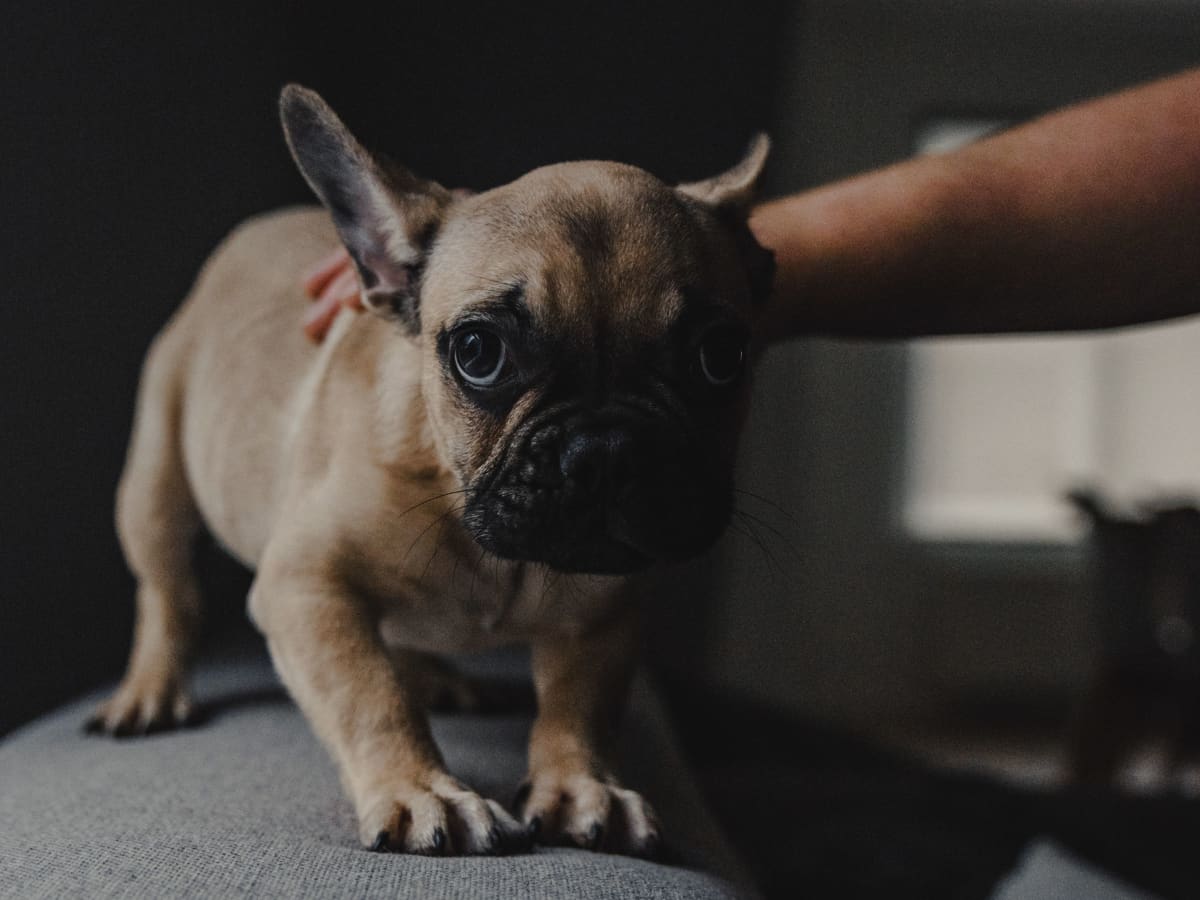
During vet visits, it is crucial to identify the fear triggers that may cause distress in dogs. Common fear triggers at the vet include unfamiliar smells, sounds, and the presence of other animals. Many dogs experience anxiety when being restrained or handled by unfamiliar people. Additionally, the sight of medical equipment or procedures can also trigger fear and anxiety in dogs. It is important for pet owners and veterinary staff to be observant and attentive to the dog's body language and behavior during these visits. Signs of fear may include trembling, panting, excessive drooling, or attempts to escape. Identifying these fear triggers can help veterinary professionals tailor their approach and create a more comfortable and stress-free experience for the dog.
Tips to help dogs feel more comfortable at the vet
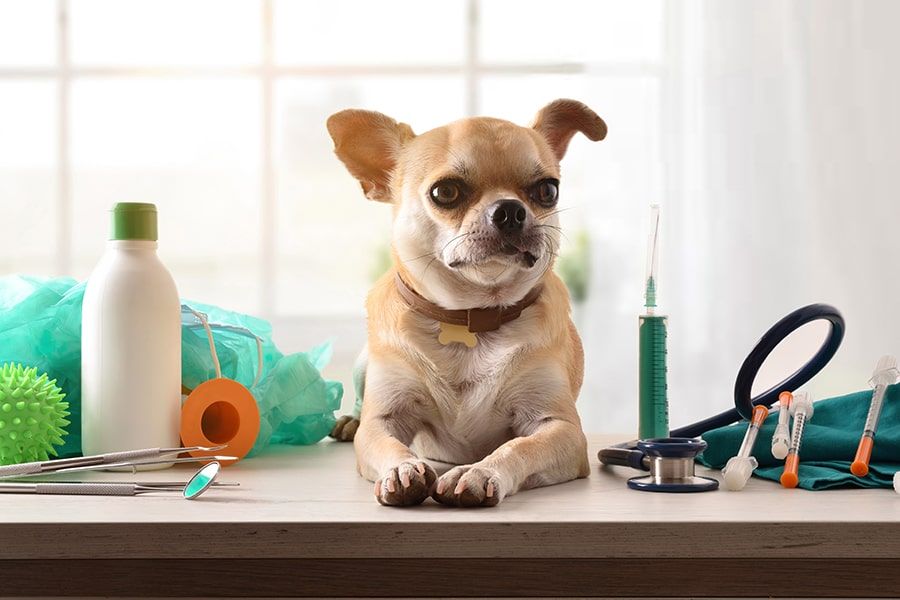
To help dogs feel more comfortable at the vet, there are several tips pet owners can follow. Firstly, it's important to introduce dogs to the veterinary clinic at a young age so they become familiar with the environment. This can be done by taking them for brief visits where they receive treats and positive reinforcement. Additionally, using calming techniques such as gentle touch and soothing words can help alleviate anxiety. Bringing along familiar items like their favorite toy or blanket can also provide a sense of comfort. It's also crucial to schedule appointments during quieter times at the clinic to minimize stress. Lastly, working with a veterinarian who specializes in fear-free handling techniques can make a significant difference in ensuring a positive experience for dogs during vet visits.
Fear of Car Rides
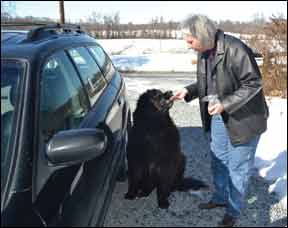
Reasons behind fear of car rides in dogs can vary, but common factors include motion sickness, previous negative experiences, or a lack of exposure and socialization to car rides. Dogs may associate car rides with uncomfortable sensations or anxiety-inducing situations, leading to fear and reluctance when it comes to getting into a vehicle. Additionally, the unfamiliar sights, sounds, and movements of a car can be overwhelming for dogs, especially if they haven't been properly introduced to these stimuli. To reduce anxiety during car rides, it's important to gradually acclimate dogs to the car environment, starting with short trips and positive reinforcement. Using calming techniques, such as playing soothing music or using pheromone sprays, can also help alleviate fear and make the car ride a more pleasant experience for dogs.
Reasons behind fear of car rides in dogs
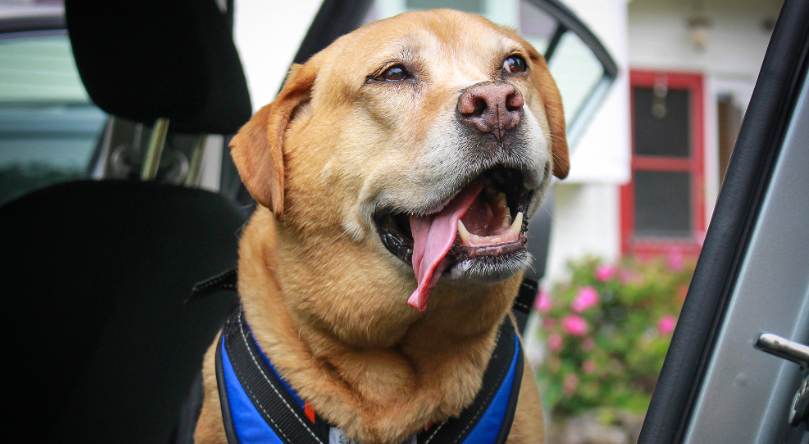
Dogs may develop a fear of car rides due to various reasons. One common reason is motion sickness. Just like humans, some dogs can experience nausea and discomfort when they are in a moving vehicle. This can lead to anxiety and fear associated with car rides. Another reason could be previous negative experiences. If a dog has been involved in a car accident or has had a traumatic experience during a car ride, it can create a lasting fear response. Additionally, some dogs may associate car rides with negative outcomes, such as going to the vet or being separated from their owners. These negative associations can contribute to their fear and anxiety during car rides. To address this fear, desensitization techniques and positive reinforcement can be used to gradually help dogs overcome their fear and make car rides a more pleasant experience.
Methods to reduce anxiety during car rides
To reduce anxiety during car rides in dogs, there are several methods that can be employed. Firstly, it is important to create a positive association with the car by gradually introducing the dog to short rides and rewarding them with treats or praise. Additionally, providing a comfortable and secure crate or harness can help alleviate anxiety by giving the dog a sense of safety and stability. Playing calming music or using pheromone sprays can also have a soothing effect on dogs during car rides. It is also advisable to avoid feeding the dog right before a car ride to minimize the risk of motion sickness. Lastly, using desensitization techniques such as gradually increasing the duration and intensity of car rides can help the dog build confidence and overcome their fear. By implementing these methods, dog owners can help their furry friends feel more at ease during car rides and make the experience more enjoyable for everyone involved.
Fear of Thunderstorms
Understanding why dogs fear thunderstorms is crucial in helping them overcome this phobia. Thunderstorms can trigger fear and anxiety in dogs due to a combination of loud noises, bright flashes of lightning, and changes in atmospheric pressure. Dogs may associate these stimuli with danger and feel a loss of control, leading to heightened fear responses.
Managing fear of thunderstorms in dogs involves creating a safe and comfortable environment during storms. Providing a designated "safe space" where dogs can retreat to, using calming techniques such as music or white noise, and gradually desensitizing them to storm sounds can all be effective strategies. Additionally, seeking guidance from a professional trainer or behaviorist can provide valuable insight and tailored techniques to help dogs cope with their fear of thunderstorms. By addressing this phobia, dogs can lead happier and less stressful lives.
Understanding why dogs fear thunderstorms

Dogs often display fear or anxiety during thunderstorms, and this can be attributed to a variety of factors. Firstly, the loud noise of thunder can startle dogs, as their hearing is more sensitive than humans. The sudden and unpredictable nature of thunder also adds to their fear. Additionally, the bright flashes of lightning can further distress dogs, as they may associate it with danger. The changes in atmospheric pressure and static electricity during storms can also affect dogs, causing discomfort or unease. Some dogs may have had negative experiences during previous thunderstorms, reinforcing their fear. It's important for dog owners to understand these triggers and provide a safe and comforting environment for their furry companions during thunderstorms.
Managing fear of thunderstorms in dogs

Managing fear of thunderstorms in dogs can be a challenging task for pet owners. Thunderstorms can trigger anxiety and fear in dogs due to the loud noises, changes in atmospheric pressure, and flashes of lightning. To help dogs cope with their fear, there are several strategies that can be implemented.
One approach is to create a safe space for the dog during a thunderstorm. This can be a quiet room or a crate where the dog feels secure. Playing calming music or using white noise machines can also help drown out the sound of thunder.
Additionally, desensitization techniques can be beneficial. Gradually exposing the dog to recorded thunderstorm sounds at a low volume and gradually increasing the intensity over time can help them become more accustomed to the noises.
It is essential to remain calm and provide reassurance to the dog during a thunderstorm. Comforting them with gentle petting and offering treats can help alleviate their anxiety.
In severe cases, consulting with a professional trainer or behaviorist who specializes in fear and anxiety in dogs may be necessary. They can provide guidance and develop a customized plan to help the dog overcome their fear of thunderstorms.
By implementing these strategies and seeking professional help when needed, pet owners can effectively manage their dog's fear of thunderstorms and help them lead happier and more relaxed lives.
Conclusion

In conclusion, identifying fear triggers in dogs is crucial for their overall well-being and quality of life. It is important for dog owners to understand and address phobias in their pets. Noise phobias, such as fear of thunderstorms or loud noises, can greatly impact a dog's behavior and mental state. Separation anxiety, fear of strangers, fear of other dogs, fear of veterinary visits, fear of car rides, and fear of thunderstorms are all common phobias that dogs may experience. Recognizing these triggers and implementing appropriate techniques and strategies can help dogs overcome their fears. Seeking the assistance of a professional trainer or behaviorist can provide valuable guidance and support in managing phobias. By empowering dogs to face and conquer their fears, they can lead happier and more fulfilling lives.
The importance of working with a professional trainer or behaviorist
Working with a professional trainer or behaviorist is crucial when addressing and managing fear triggers in dogs. These experts have the knowledge and experience to accurately assess a dog's phobias and develop effective strategies for overcoming them.
Professional trainers and behaviorists can provide guidance on how to desensitize dogs to their fear triggers and gradually build their confidence. They understand the importance of positive reinforcement and can teach owners how to use reward-based training methods to encourage desired behaviors and reduce anxiety.
Additionally, these professionals can tailor training plans to address specific phobias such as noise sensitivity, separation anxiety, fear of strangers, or other dogs. They can provide valuable insights into the underlying causes of these phobias and offer techniques to help dogs overcome them.
By working with a professional trainer or behaviorist, dog owners can gain the necessary tools and support to empower their dogs to live happier lives free from the constraints of their phobias.
Empowering dogs to overcome their phobias and live happier lives
Empowering dogs to overcome their phobias and live happier lives is crucial for their overall well-being. By addressing and managing their fears, we can help them lead more fulfilling and stress-free lives.
One important step in empowering dogs is to provide them with a safe and supportive environment. This includes creating a calm and predictable routine, providing plenty of mental and physical stimulation, and using positive reinforcement training techniques.
Additionally, seeking the help of a professional trainer or behaviorist can greatly assist in the process of overcoming phobias. These experts can develop personalized training plans and techniques to desensitize dogs to their triggers and build their confidence.
It's important to remember that progress may take time and patience. Each dog is unique and will require individualized approaches to address their specific fears. With dedication and the right support, dogs can overcome their phobias and live happier, more relaxed lives.




0 Comments